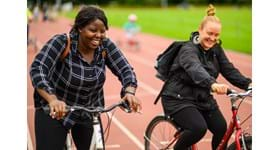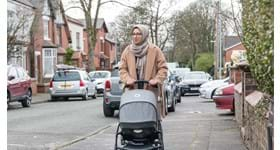Search Results For Data and learning
Data and learning: Ethnicity
We know that there is a difference in activity levels between ethnicities, resulting in health inequalities. Those of South Asian or Black ethnicities are reported as less active than other ethnicities. In some ethnicities there is a larger gap in the activity levels of men and women than others, for example, women from White backgrounds are more likely to be active compared to people from Asian and Black backgrounds. It’s important for us not to group all people from Black and minority ethnic backgrounds together; a range of interlinked, and compounding, social, cultural and economic factors are at play. Here you will find the latest research related to the physical activity and sport levels, motivations and barriers of those from BAME communities.
Data and learning: Inequalities
We know there are inequalities within physical activity, this section explores research to understand these in more detail and learn from evidence of how to approach these.
4 results found

Sport England have published their ‘Sport for all’ report, which highlights the ethnicity gap in physical activity and sport across the country. The report highlights how deep-rooted inequalities mean people from black and minority ethnic backgrounds are far less likely to be physically active.

GreaterSport have worked with Sporting Equals to understand BAME (Black, Asian and Minority Ethnic) Groups’ activity levels, attitudes, motivations and barriers to sport and physical activity across Greater Manchester. Both organisations felt it was important to share some of the key findings.

Cycle planning and development needs to create equitable spaces and start designing cycling for everyone. This guide is a call for people making cycling decisions to ensure cycling in the UK is more inclusive.

People from poorer communities are more likely to be killed or injured on Britain’s roads, with those from ethnic minority groups (excluding white minorities) more at risk.